Description
Karad Seeds is a highly branched, herbaceous, thistle-like annual plant. Plants are 30 to 150 cm (12 to 59 in) tall with globular flower heads having yellow, orange, or red flowers. Each branch will usually have from one to five flower heads containing 15 to 20 seeds per head. There are linoleic and oleic types of Karad varieties.
The oil in linoleic varieties contains about 70-80% linoleic acid and is used for edible oil products such as salad oils and soft margarines. Karad Seeds are achenes (fruits) surrounded by a thick fibrous hull. They are smooth, shiny and angular, about 6-9 mm long, white or brownish and white with grey, brown or black stripes.
Benefits:
Helps us in preventing and curing the following:
- Karad seeds used for oil production may be either cold pressed, expeller pressed or solvent extracted.
- The by-product, safflower meal, is mostly used as a protein ingredient for animal feeding.
- The Karad Seeds may be used in potting mixtures for plant nurseries, to make packing and insulation materials, and as filler for bricks.
- They are unpalatable, reduce gain, and can constitute only a small part of the roughage requirement.
Other Names:
Beej Karad, Karad Seeds, Beej Karar, Seeds, Carthamus Tinctorius.
Safety Information:
- For Natural Taste & Freshness, Keep it in cool and dry place.
- Avoid direct Sunlight & Do not Refrigerate.
- Store the contents in an Airtight Container after opening the package.
- All herbal medicine should be used under Medical Supervision only.


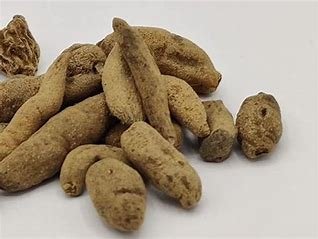
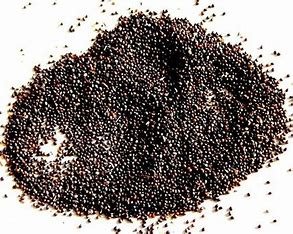


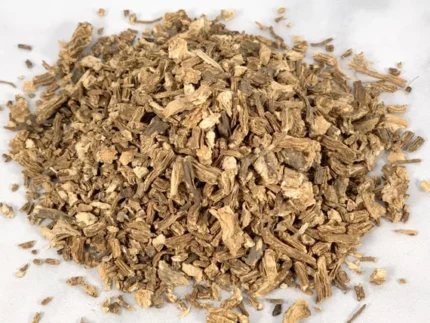


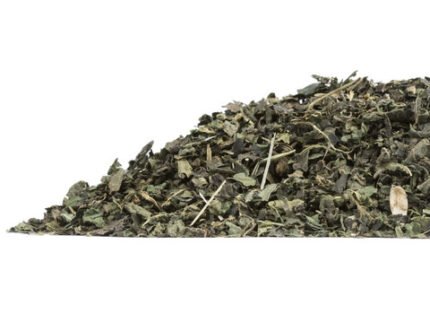

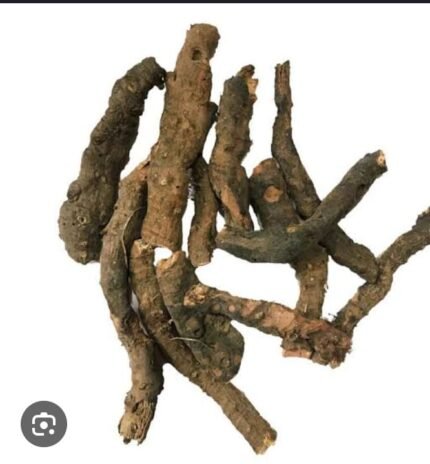
Reviews
There are no reviews yet.